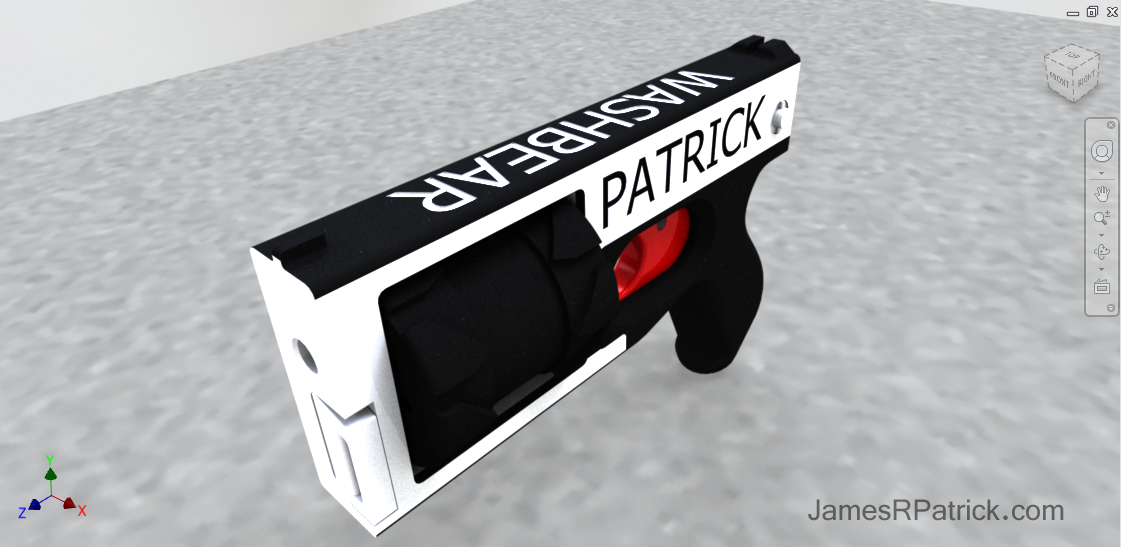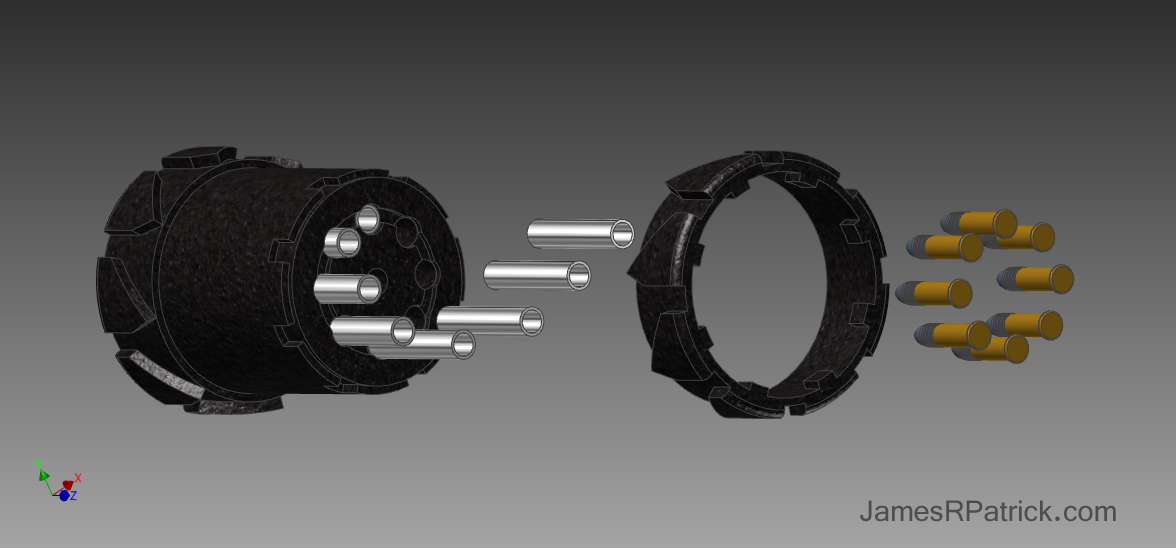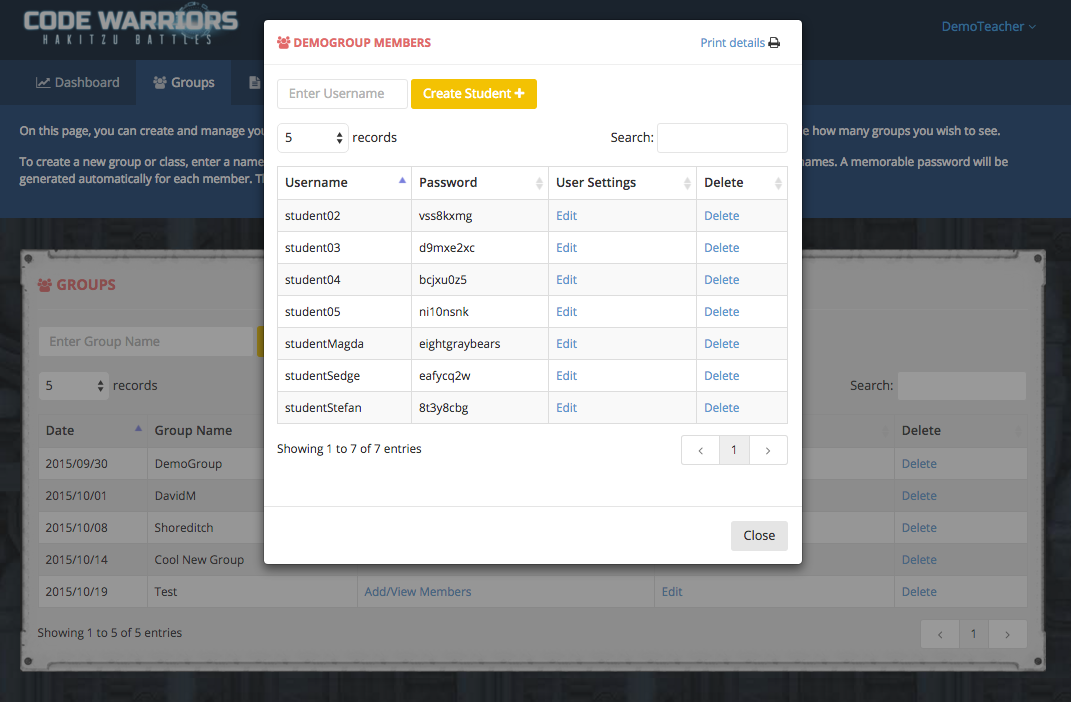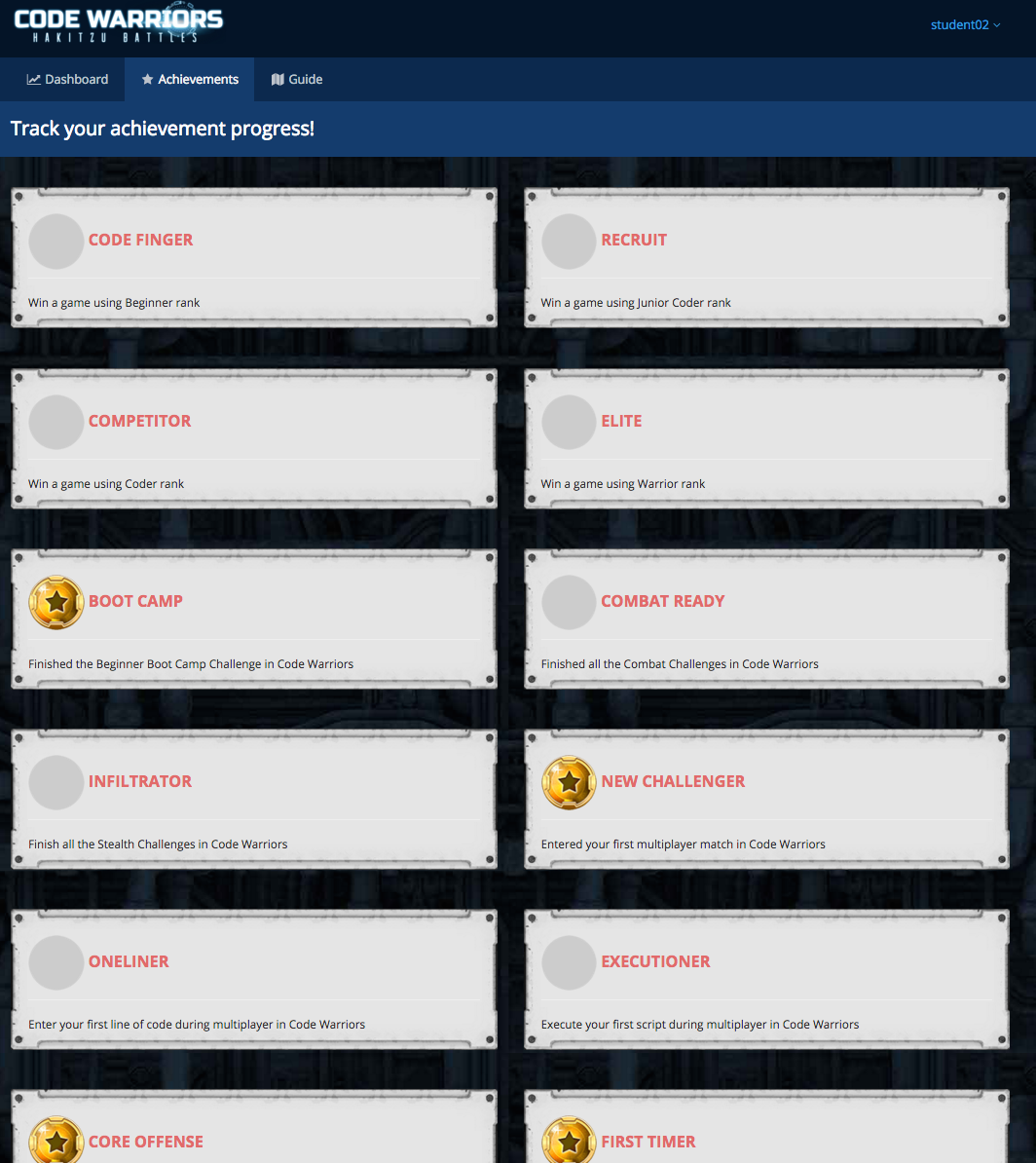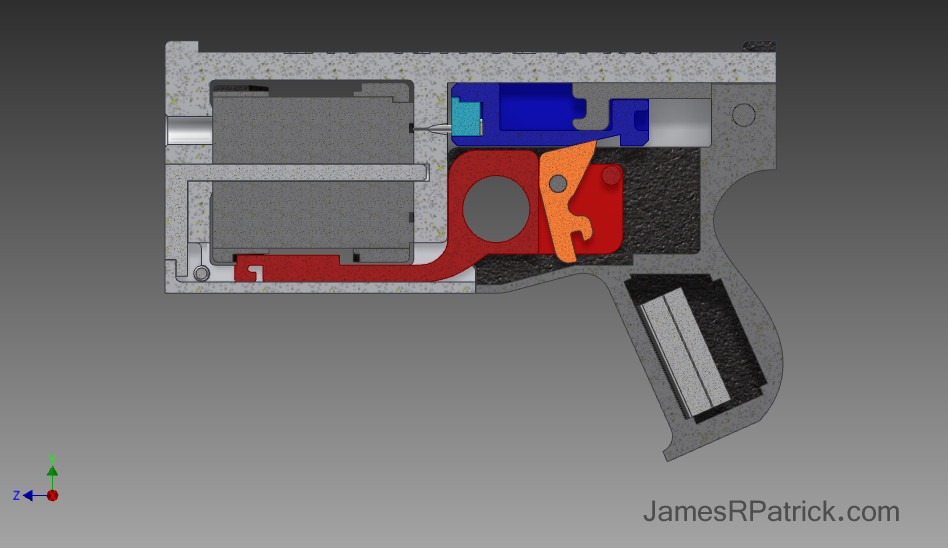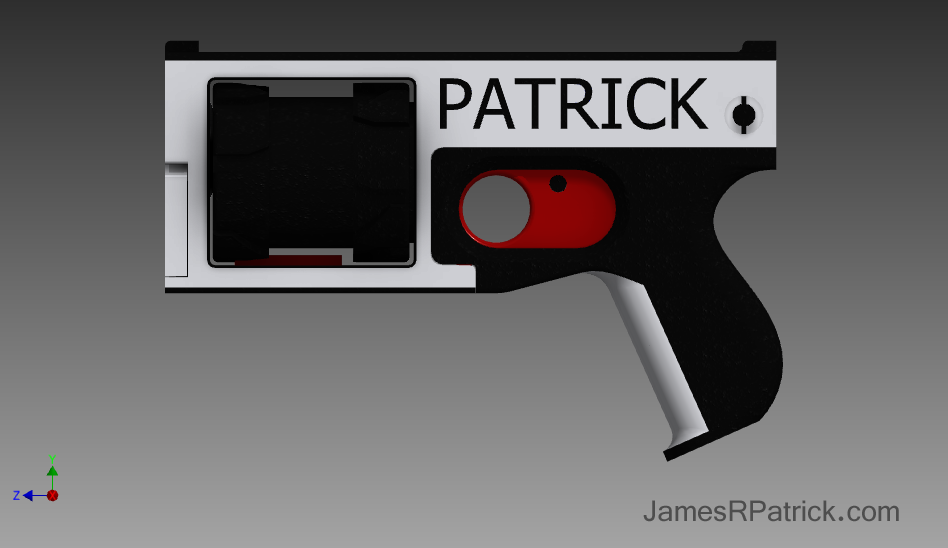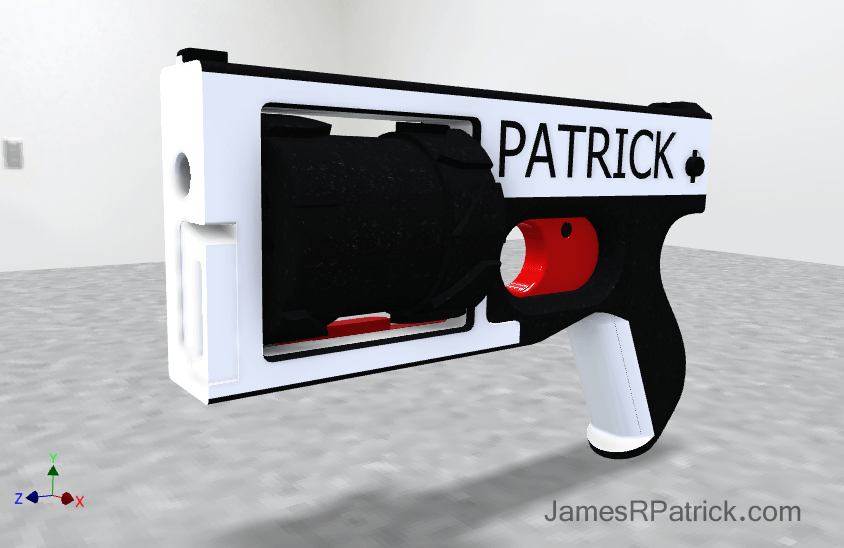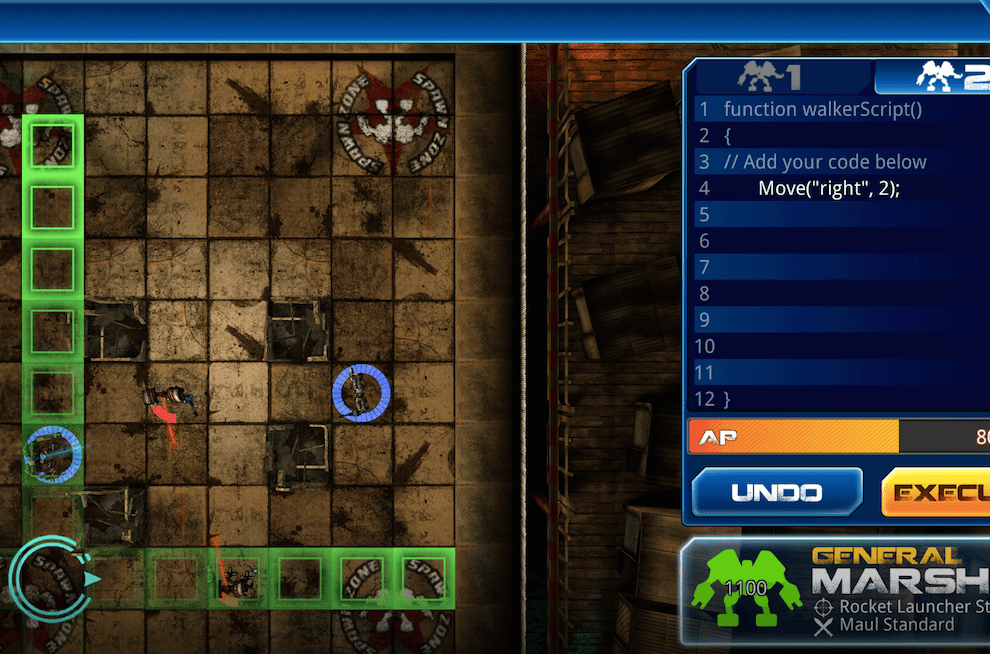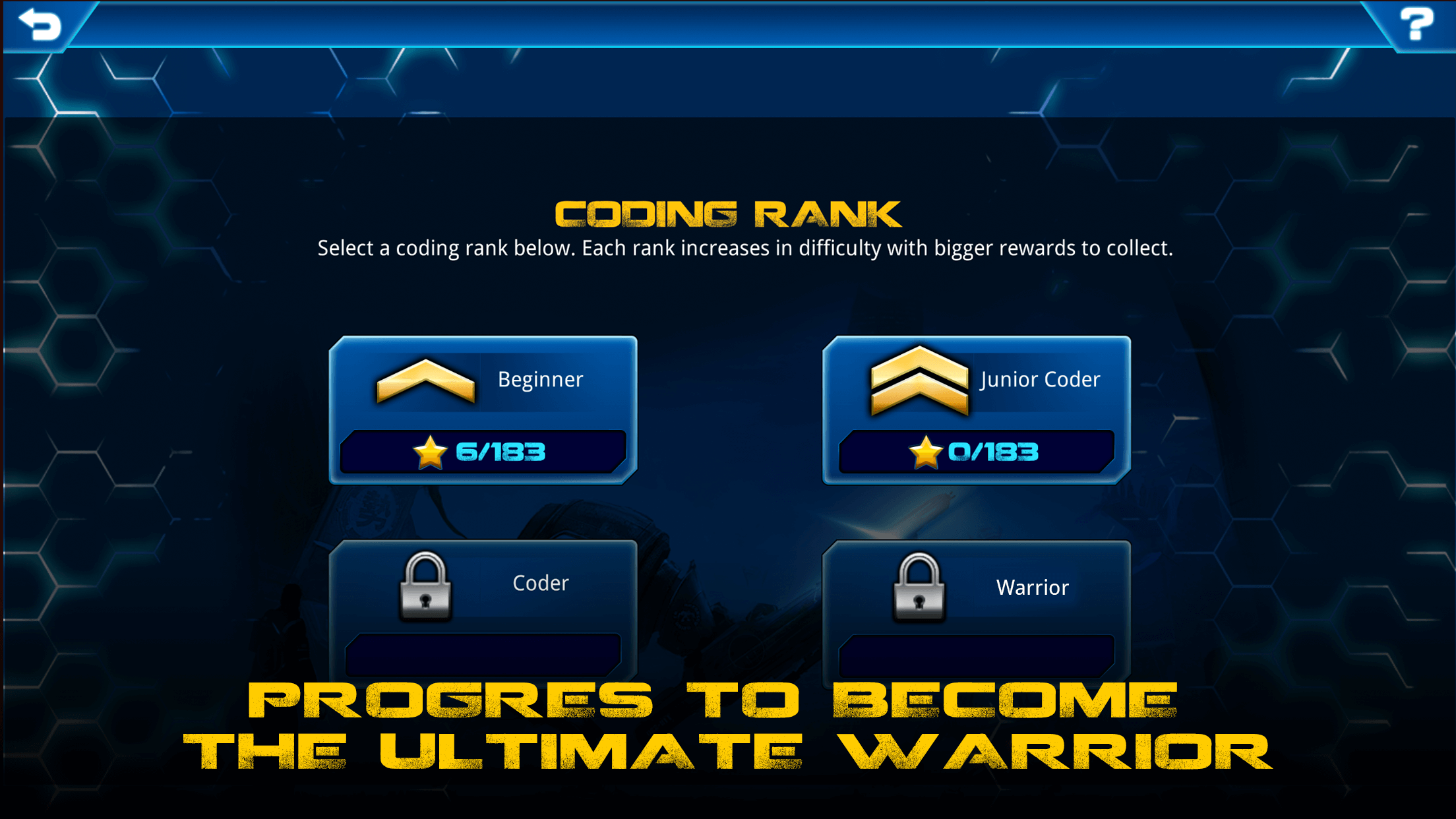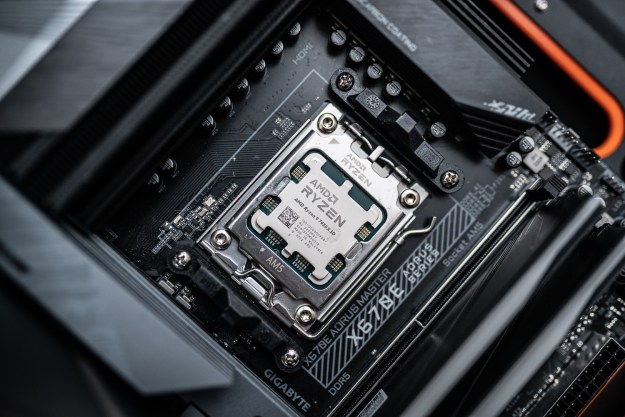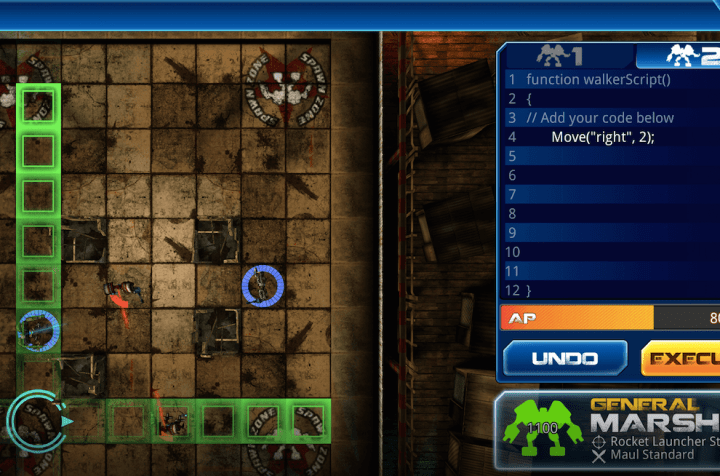
It’s hard to get kids to code. Up until very recently, it was largely inaccessible, with little curricula in place and few teachers qualified to teach it. And even today, with all the progress we’ve made, it’s still complicated — I mean, come on, it’s literally a new language. But if coding could be as easy as playing a 3D game, maybe the children of the 21st century would have a whole new incentive to pick up a skill that is only becoming increasingly important. So here to save the day is Code Warriors, described as “a new 3D coding game designed with special analytics tracking for students and teachers to learn coding in and outside of the classroom.”
A product of Kuato Studios, already heralded as “the world’s leading learning-through-games studio,” Code Warriors is a JavaScript based game that is redefining how children can learn to code, but at school and at home. Available on Windows and Apple browsers alike, the new game is actually an extension of Hakitzu Elite, Kuato’s first coding game.
To play, kids must teach their robot warriors how to successfully complete a series of missions, all by way of JavaScript. Set in what the Studios call “a futuristic combat arena,” players learn how to “input increasingly sophisticated code” in order to help their avatars make their way across the arena and attack. “At the same time,” the company notes, “the player learns how to write and debug their program, and sees how using the most efficient code is beneficial.”
Better still, because Code Warriors is online and updates in real-time, teachers and parents can actually monitor their children’s progress, allowing them to determine which skills their young coders are excelling at, or need more help in. From algorithmic thinking to sequence and selection, Code Warriors gives instructors a mechanism by which to give students personalized feedback.
“Video game designers have been creating highly motivating learning environments for years,” David Miller, Director of Learning at Kuato Studios told me via email. “The same qualities that make a well-designed game motivating also make it an ideal learning environment. Games propel the player towards goals; players have to make choices, take actions, and experience the effect of these actions as they play.” And because video games feel more “risk free” to children, they’re “more likely to experiment and try different solutions until they find the right, or best, way to achieve their goal,” Miller added.
With the treasure trove of data Code Warriors provides on players, the video game meets what Miller calls “the holy grail of formative assessment,” one that is active, participatory, and critical. Indeed, Miller said, “the best game environments are designed around how we learn. As Confucius put it, ‘I hear and I forget. I see and I remember. I do and I understand.'”
As wonderful as Code Warriors sounded at first blush, I found myself a bit skeptical of the content of the video game — after all, Code Warriors, with its battles and its defeat of “opposing robots” sounded a bit, well, gendered. But Miller assured me, “We test our games rigorously in a variety of settings, from schools to clubs, and listen to what we are hearing from all sides.” Citing a recent Google report that notes, “encouragement and exposure are key controllable indicators for whether or not young women decide to pursue a computer science degree,” Miller pointed out that their testing determined that “girls are equally as engaged in games that feature robots and strategy — and yes, even battles — as boys!” So really, perhaps it’s my own internalized gender bias that raised red flags about the nature of the game.
“Kuato believes that digital and code literacy are key for the future of our collective economies,” Miller told me. “We feel that digital skills and digital literacy shouldn’t be seen as the preserve of the computer science classroom. Rather, digital literacy should be embedded across the curriculum, as the fourth literacy.” And with Code Warriors, we may be moving one step closer to that goal.
You can check out Code Warriors for free at CodeWarriorsGame.com.
Editors' Recommendations
- Nvidia turns simple text prompts into game-ready 3D models
- Samsung has a 3D gaming monitor that doesn’t need glasses — and it actually works
- What is a 3D printer, and how much do they cost?
- South Park is getting a new game next year, and it’s a 3D action game
- Acer’s new gaming laptops feature mini-LED, 3D displays, and affordable prices
